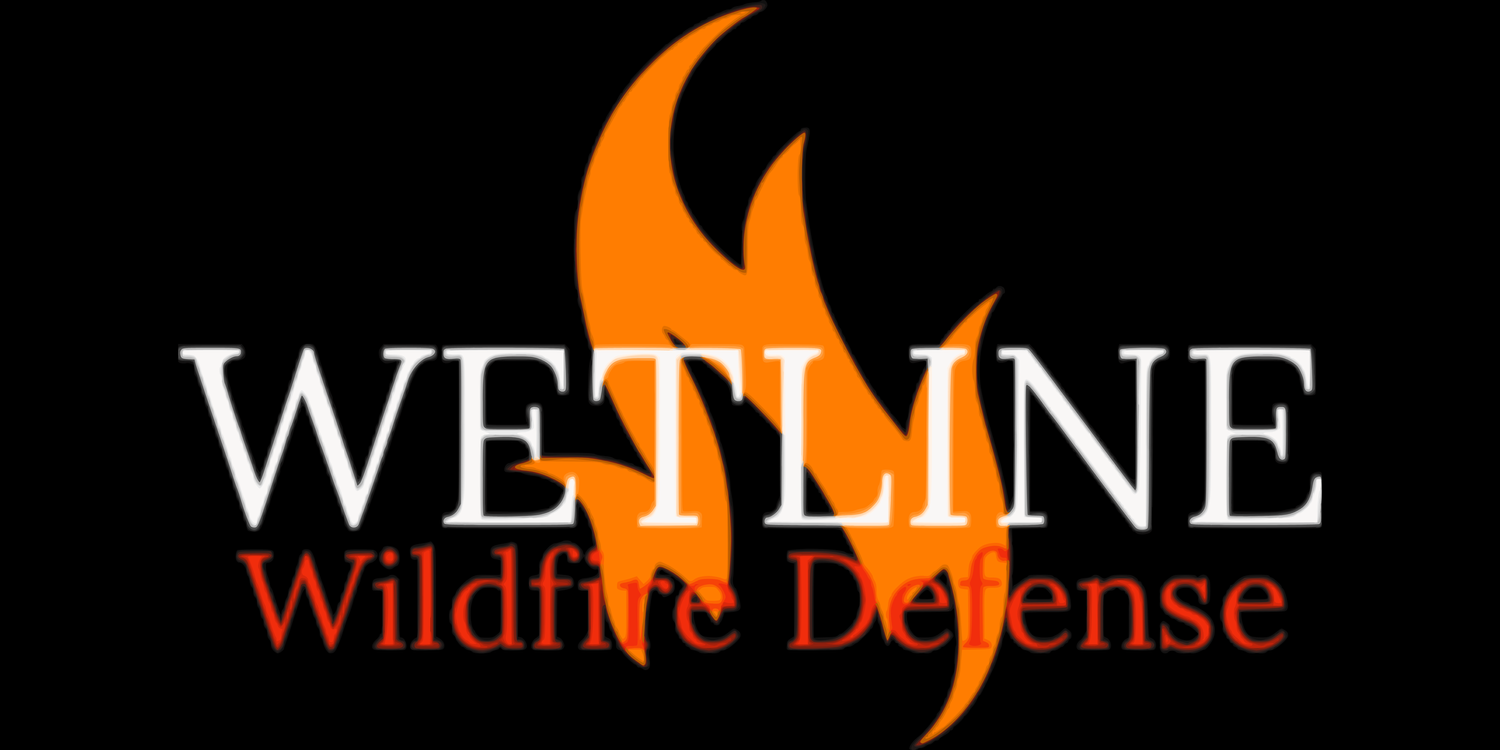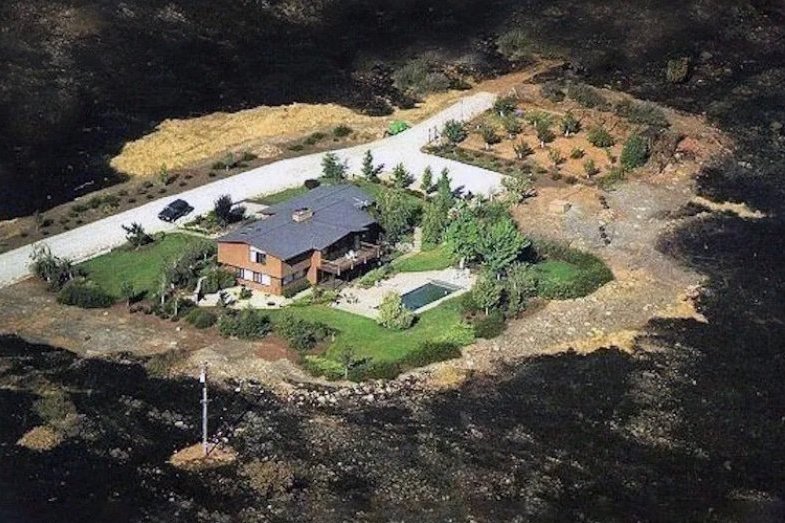Preparing Your Property for Wildfire: The Importance of Defensible Space
A home saved from wildfire by a combination of defensible space and other structure protection.
Wildfires are an unfortunate reality for many property owners, especially those living in high-risk areas. With climate change, the frequency and severity of these natural disasters are only expected to increase. That's why it's crucial for property owners to take proactive measures to protect their homes and properties from wildfire damage. One of the most effective ways to do this is by creating defensible space around your property.
Defensible space refers to the area around a structure that has been modified to reduce the risk of wildfire spread. This can include clearing brush and dead vegetation, thinning trees, and creating a fire-resistant landscape. By creating defensible space, you're not only reducing the risk of wildfire damage, but you're also making it easier for firefighters to defend your property in the event of a wildfire.
Creating defensible space begins with a thorough assessment of your property. This includes identifying potential hazards such as overgrown vegetation, dead trees, and other combustible materials. Once identified, these hazards should be removed or treated to reduce the risk of wildfire spread. This might include clearing brush, thinning trees, and removing dead vegetation.
In addition to removing hazards, property owners should also focus on creating a fire-resistant landscape. This can be done by using fire-resistant plants, reducing the size of lawns, and installing fire-resistant hardscaping such as gravel paths. Property owners should also consider creating a fire break, which is a strip of cleared land that separates the wildland from the built environment. This can be done by creating a barrier of gravel or other non-flammable materials around your property.
Another important aspect of creating defensible space is maintaining it. This includes regular inspections to identify new hazards and addressing them promptly. Property owners should also be mindful of the weather conditions and take appropriate action when conditions are conducive to wildfire spread. This might include clearing debris, reducing the size of lawns, and limiting the use of outdoor power equipment.
Creating defensible space is an essential aspect of preparing for a wildfire. By identifying and removing hazards, creating a fire-resistant landscape, and maintaining it, property owners can significantly reduce the risk of wildfire damage.
It's important to remember that defensible space isn't just about complying with regulations, it's about protecting your home and community. By taking proactive measures, you can give yourself and your loved ones peace of mind and increase the chances of saving your property in the event of a wildfire.
Some of the key takeaways from this blog post include the importance of creating a 30-100 foot buffer around your home, the benefits of using fire-resistant plants, and the need for regular maintenance. By following these guidelines, and with the help of companies like Wetline Wildfire Defense, you can ensure that your property is as prepared as possible for a wildfire.

